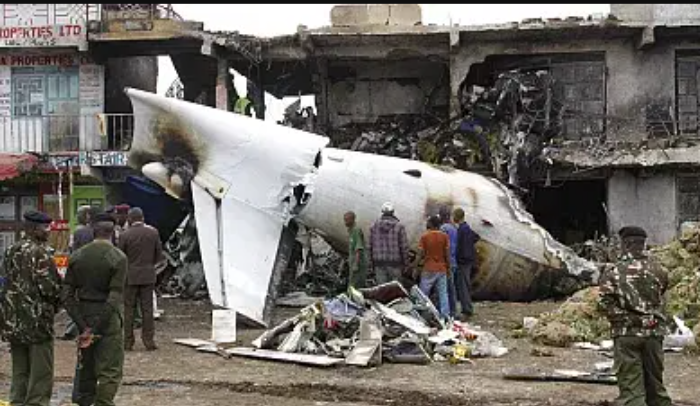Tragedy struck in Russia’s far eastern Amur region on Wednesday when a passenger aircraft carrying nearly 50 people crashed in a remote, forested area, leaving no survivors.
Authorities confirmed the fatal incident, which involved an Antonov-24, a Soviet-era twin-propeller plane operated by Angara Airlines.
The aircraft had departed from Blagoveshchensk and was en route to Tynda when it vanished from radar around 1:00 p.m. local time (0400 GMT).
Search and rescue operations commenced shortly afterward, and a rescue helicopter located the wreckage on a wooded mountain slope approximately 15 kilometres south of Tynda’s airport.
Footage released by Russian investigators showed the aircraft’s smoldering fuselage and debris scattered across the dense taiga forest floor.
According to the state news agency TASS, rescue teams reached the site hours after the crash but found no signs of survivors.
The cause of the crash has not yet been determined. However, Angara Airlines CEO Sergei Salamanov told Russia’s REN TV that weather conditions at the time of the flight were poor.
“The commander made the decision to carry out the flight,” Salamanov stated.
Tynda, a remote town with a population of about 30,000, lies roughly 200 kilometres from the Chinese border and is surrounded by thick forest, making access to the crash site extremely difficult.
Russian aviation authorities and investigators have launched a full probe into the incident. The tragedy has prompted fresh concerns over flight safety in remote regions and the continued use of aging Soviet-era aircraft for regional transport.








